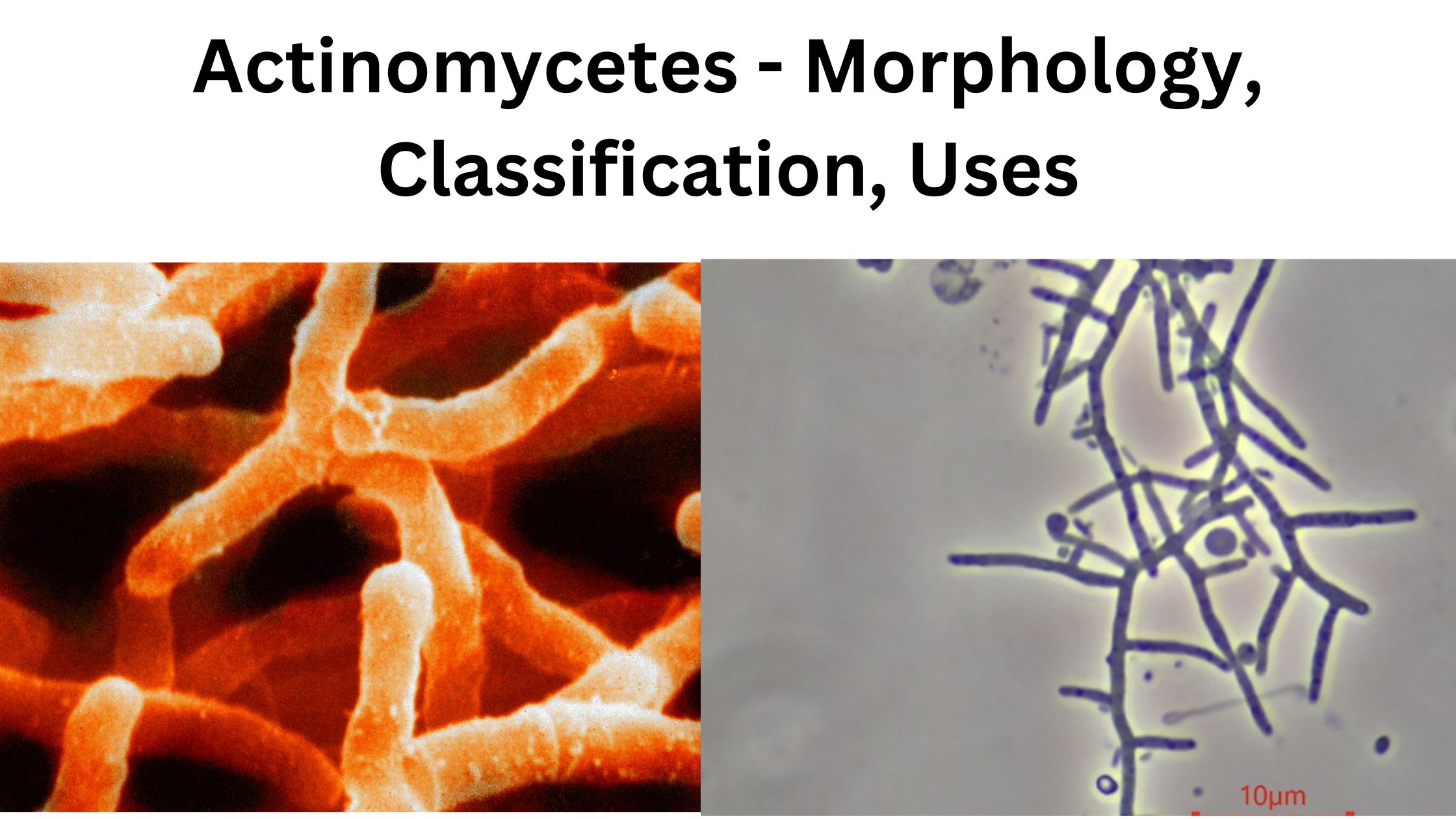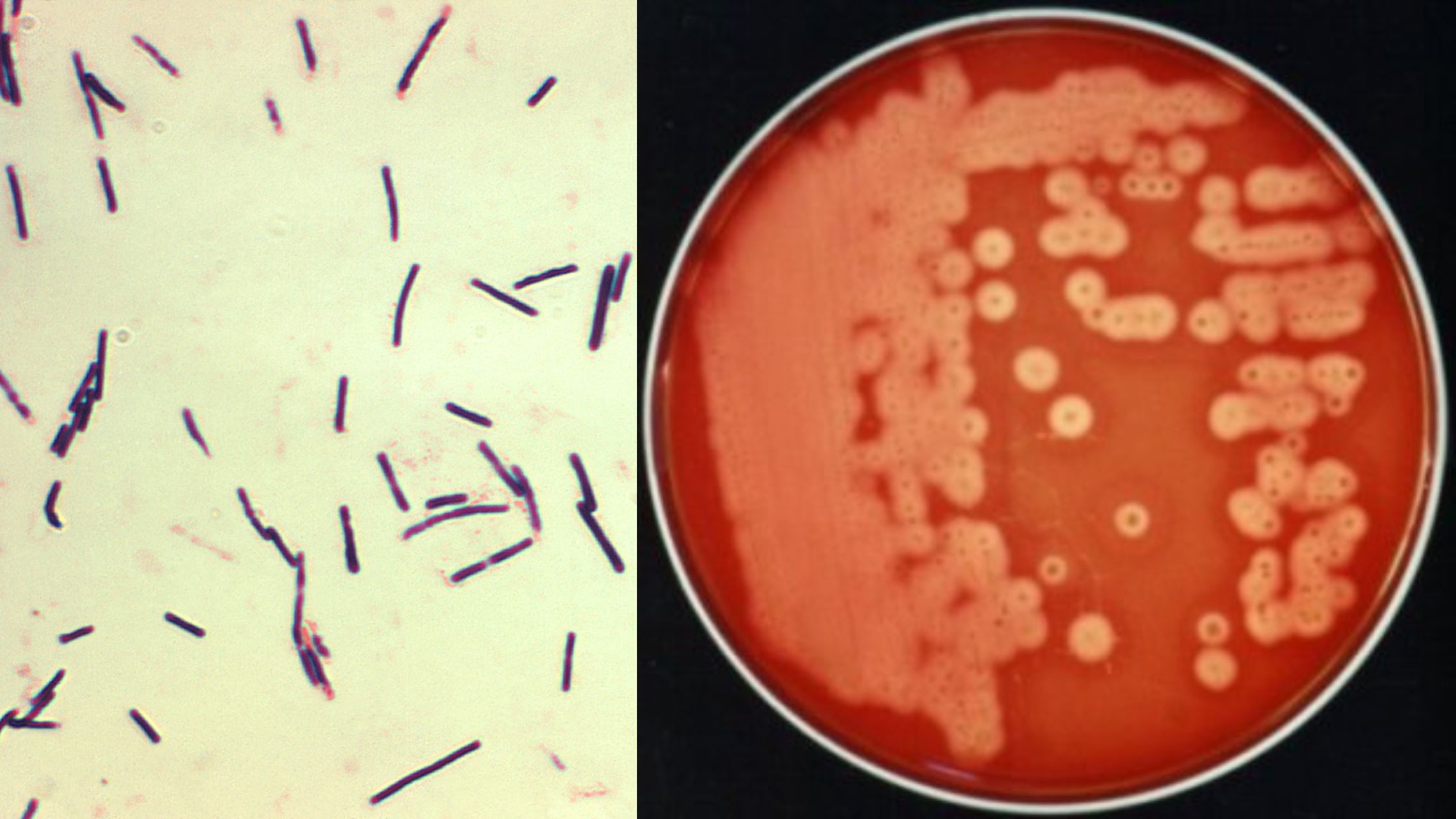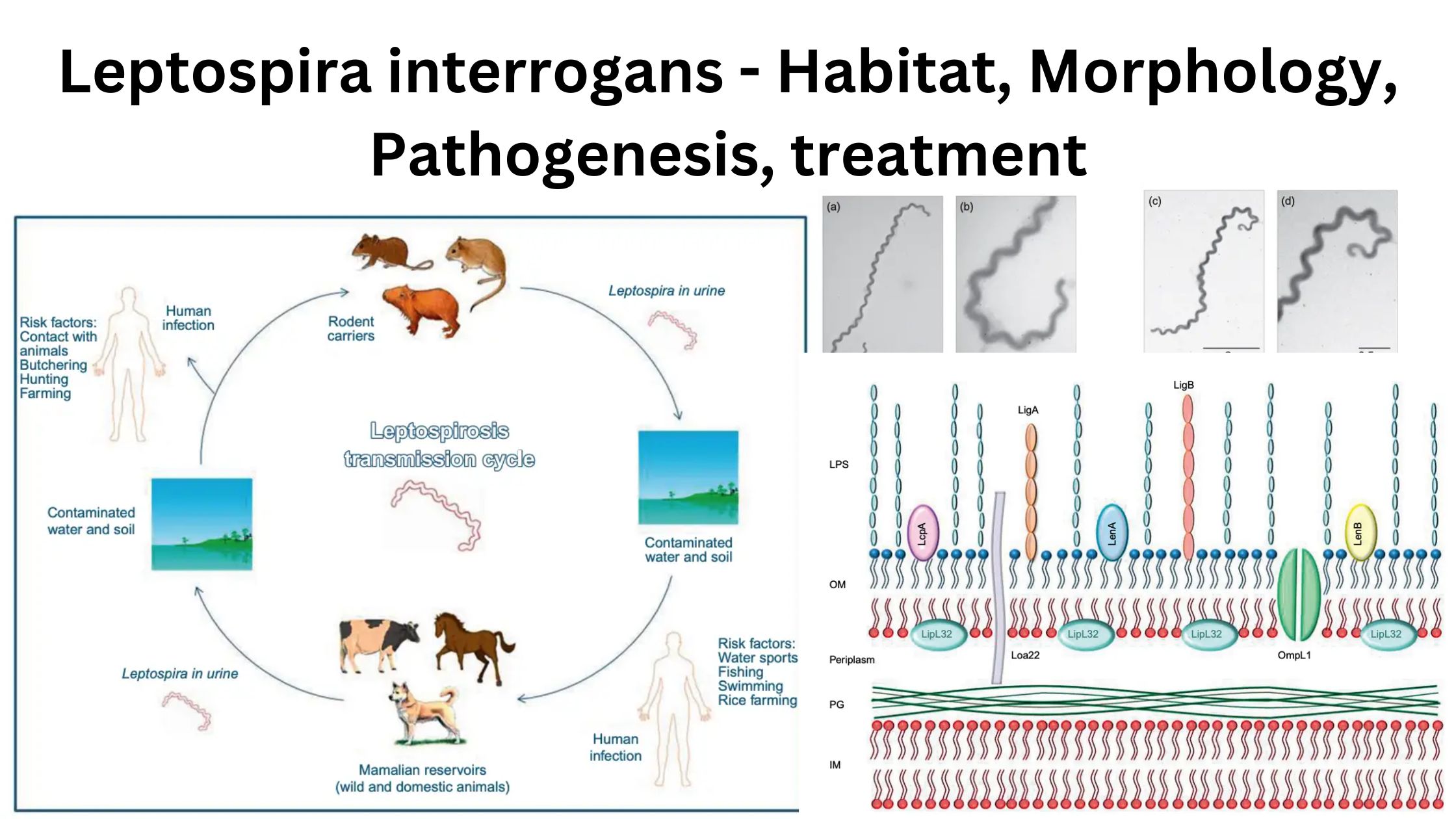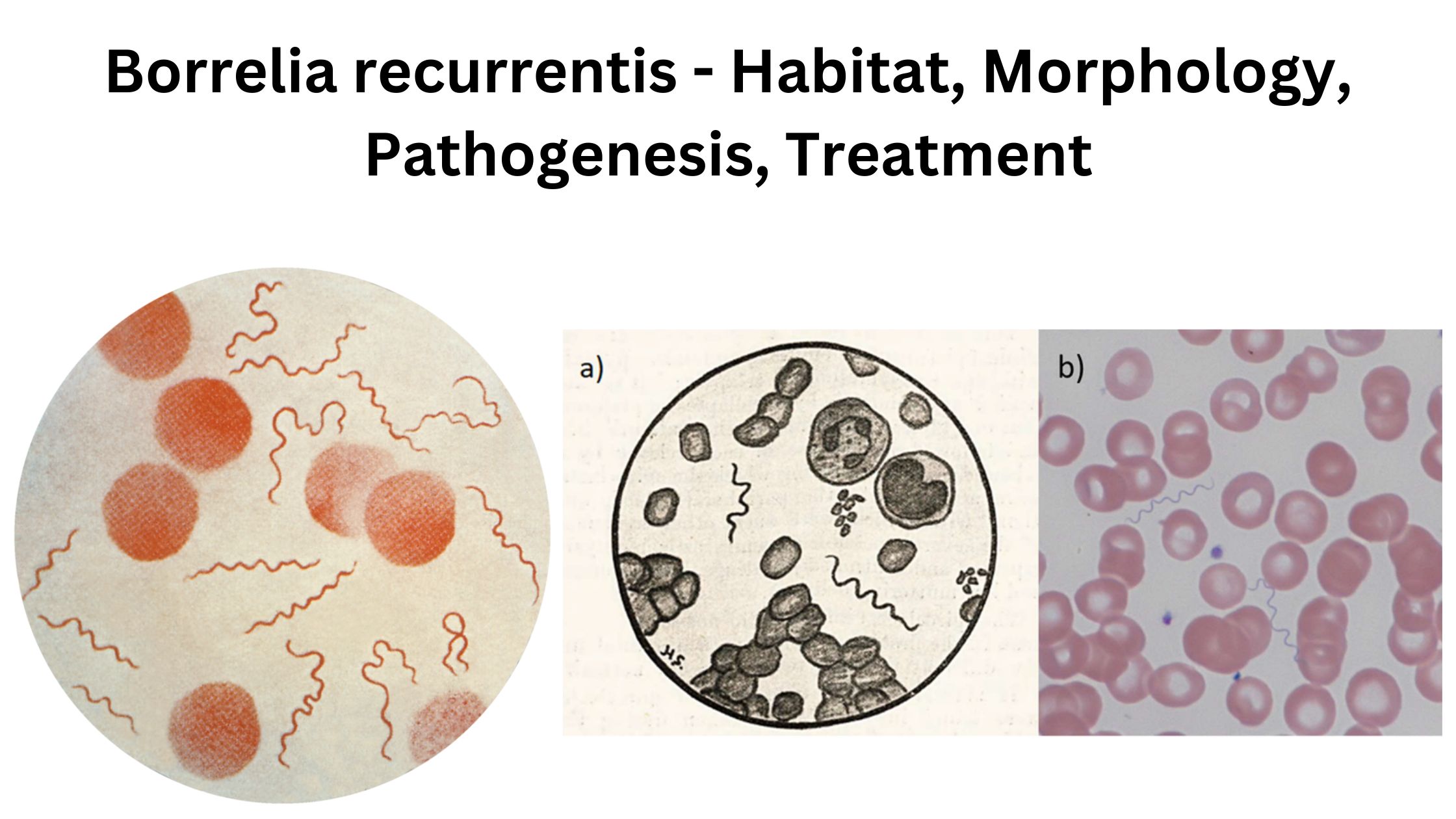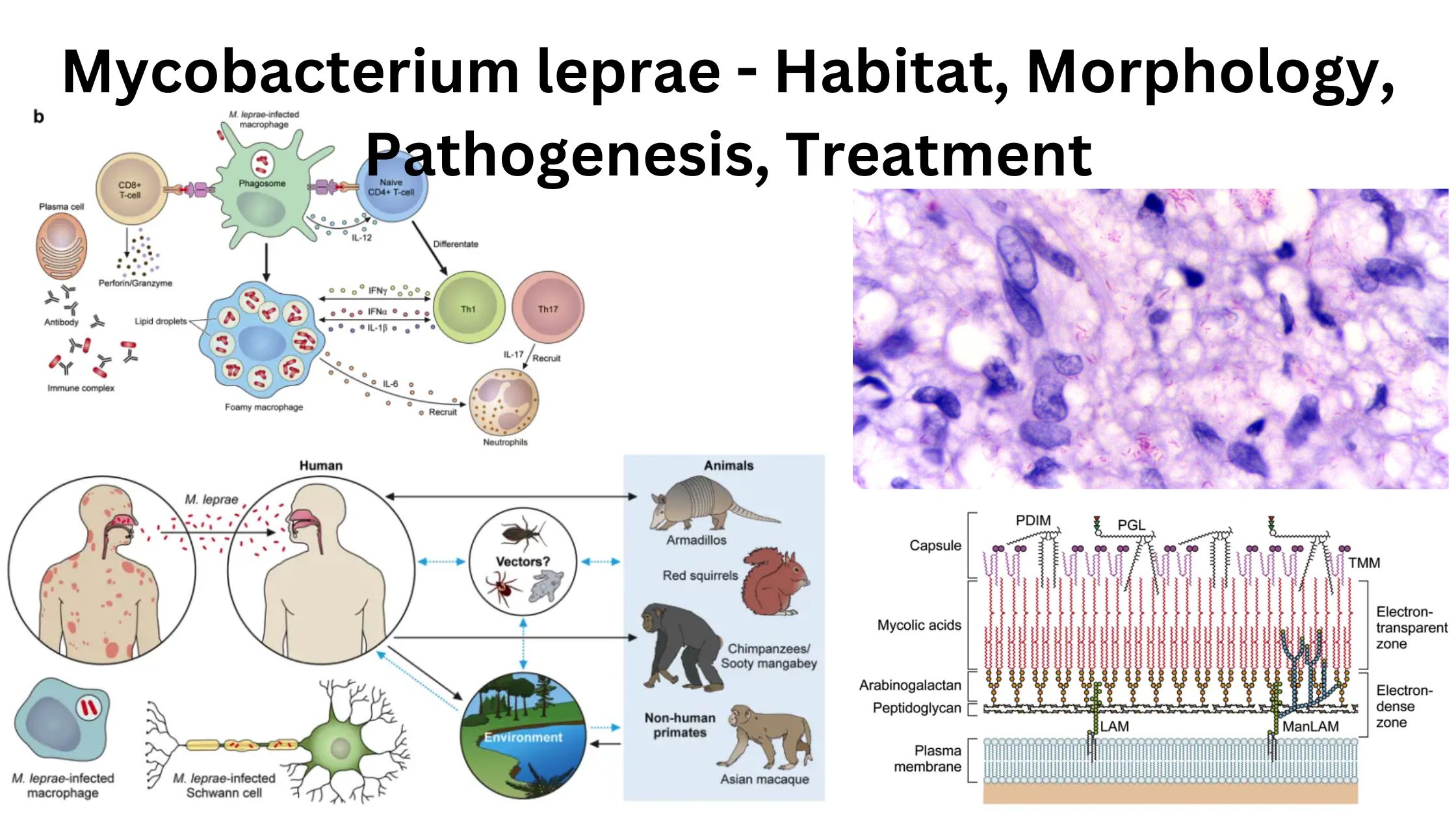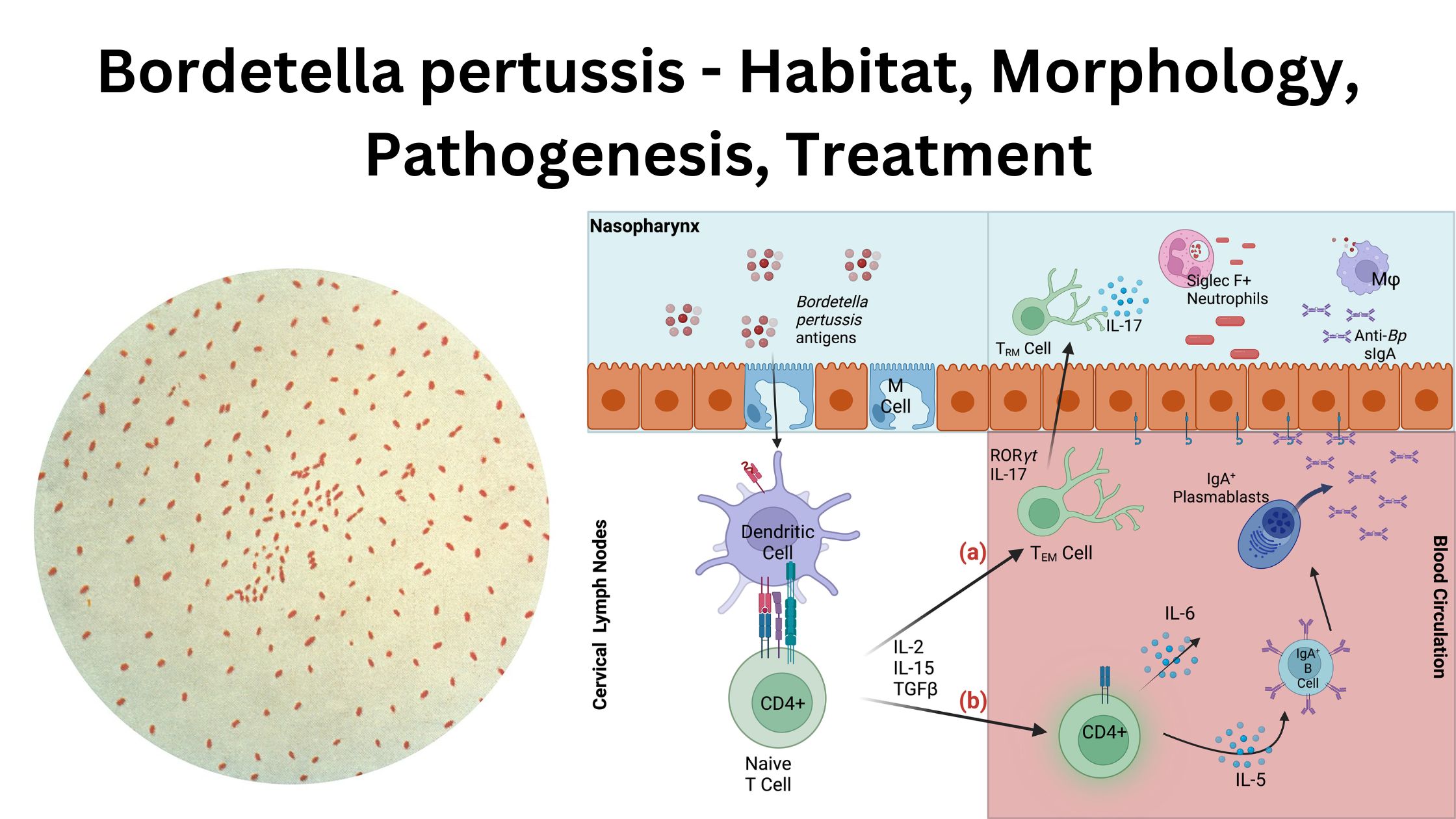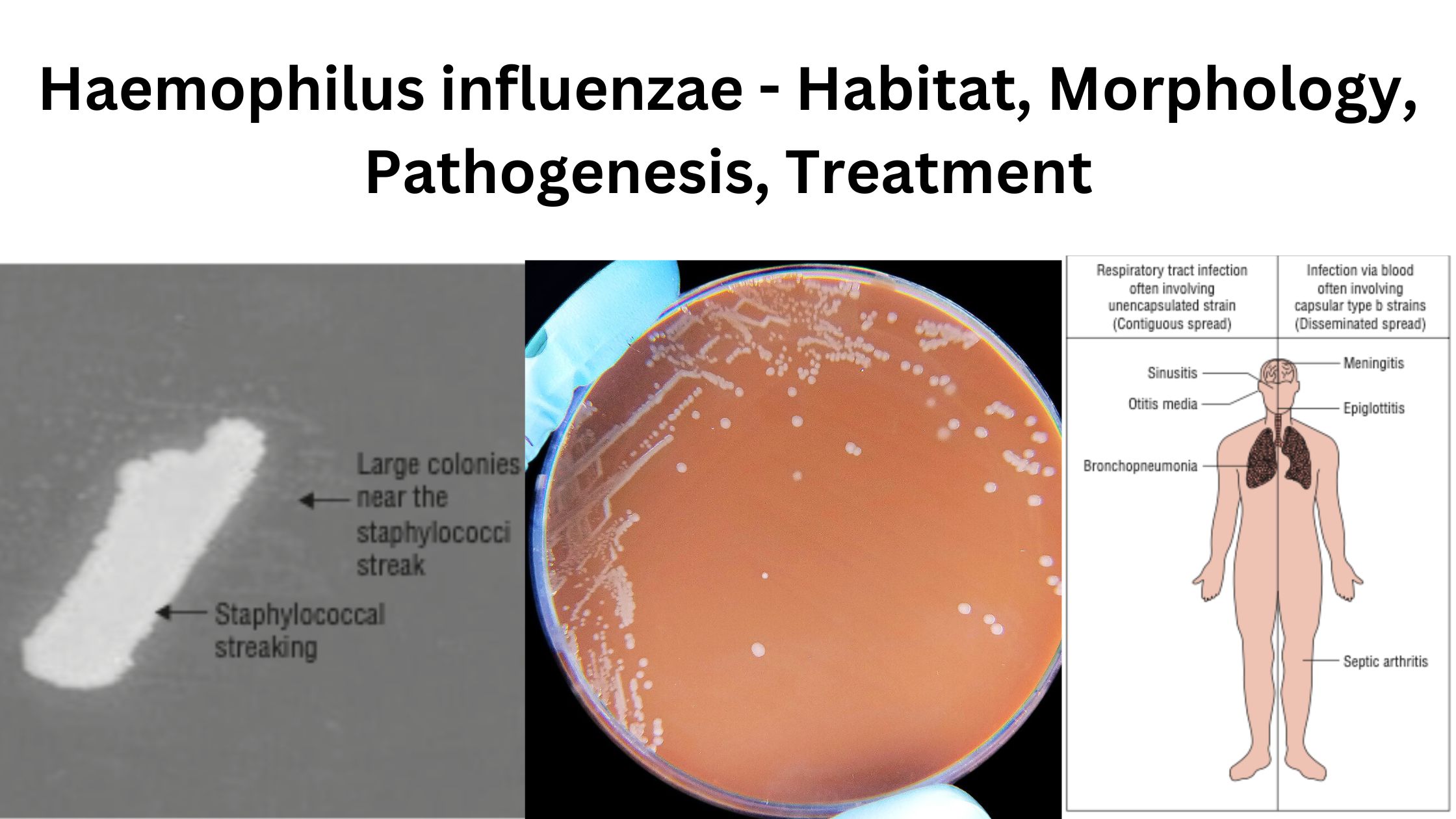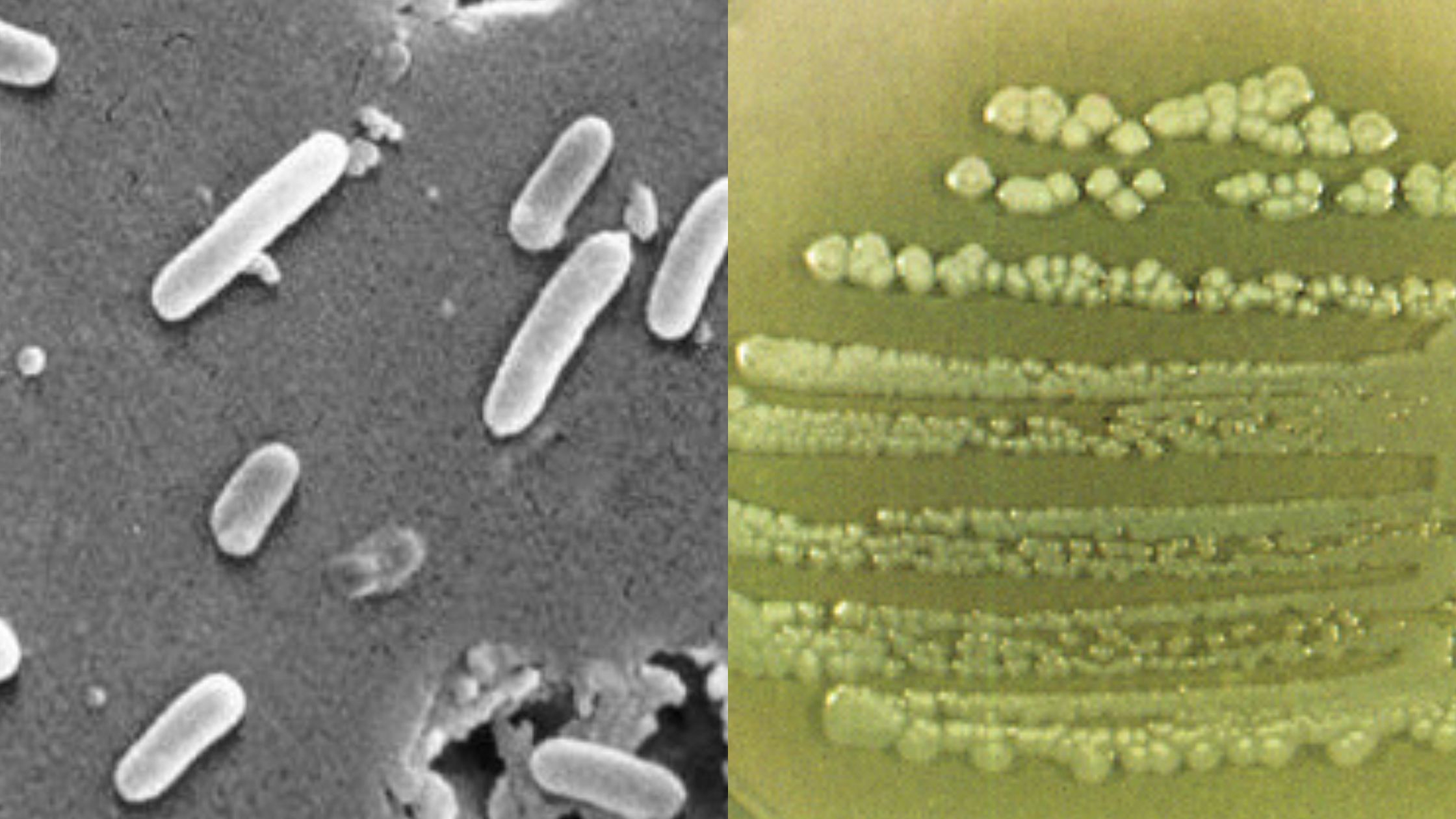Actinomycetes – Morphology, Classification, Uses
What are Actinomycetes? Actinomycetes are a diverse group of Gram-positive, catalase-positive, nonmotile bacilli that exhibit characteristics bridging bacteria and fungi. Structurally, they resemble bacteria due to their cell walls containing muramic acid and prokaryotic nuclei, making them susceptible to antibiotics. However, their filamentous growth pattern, forming structures known as hyphae, is reminiscent of fungi. These … Read more
